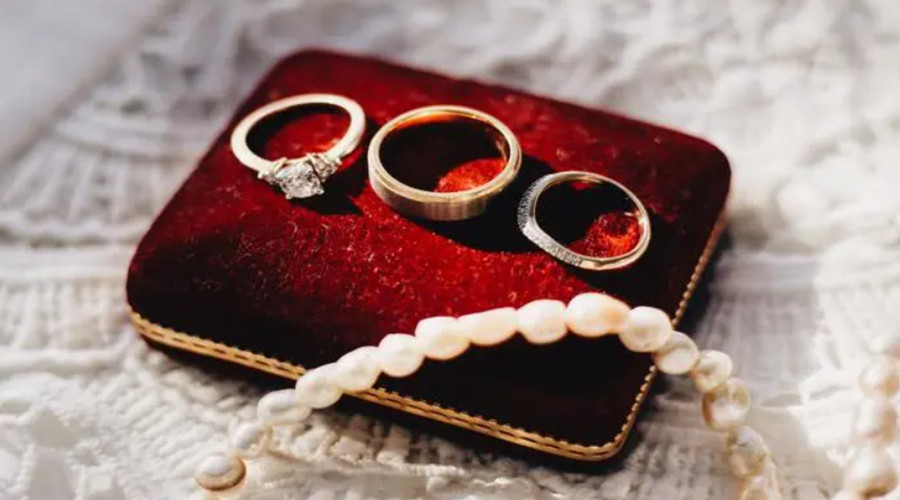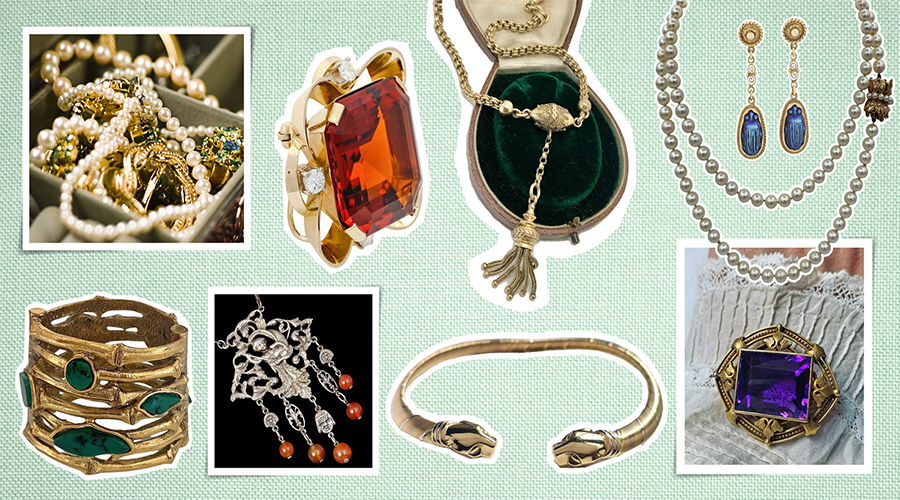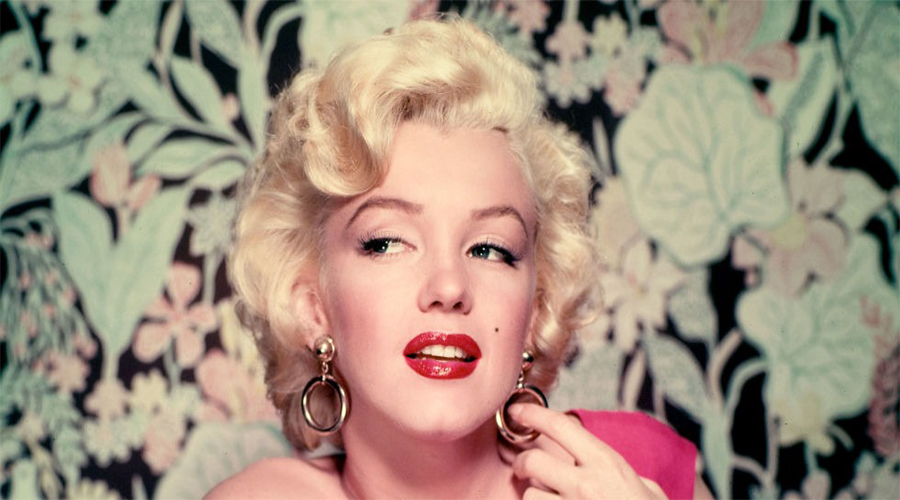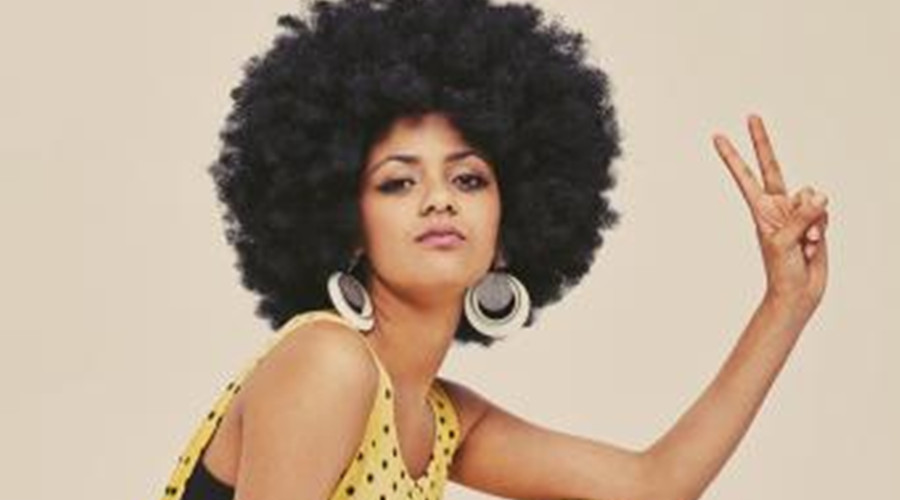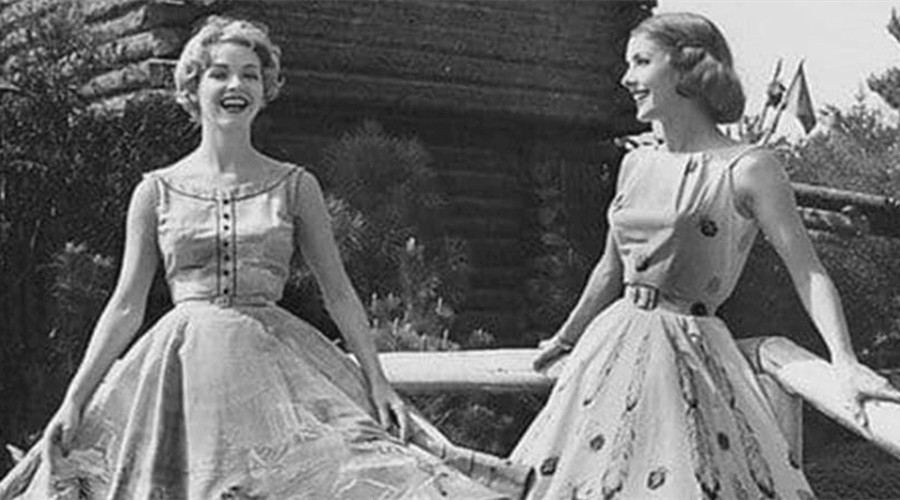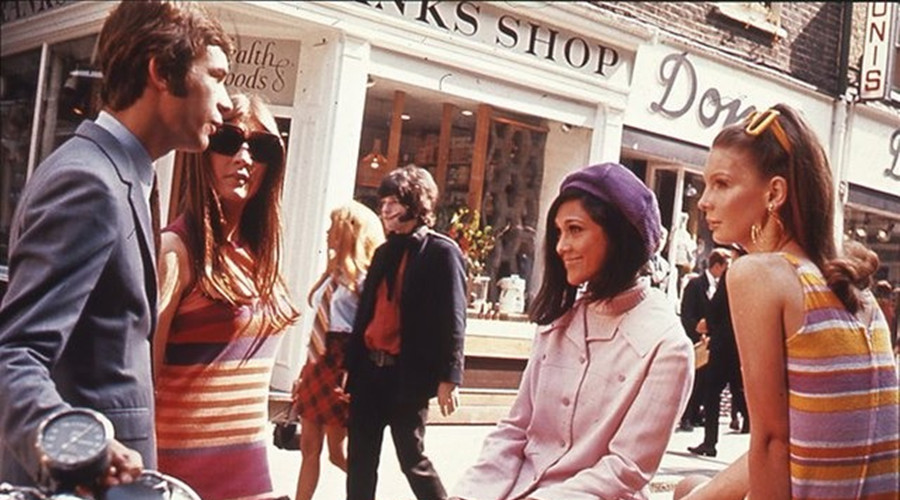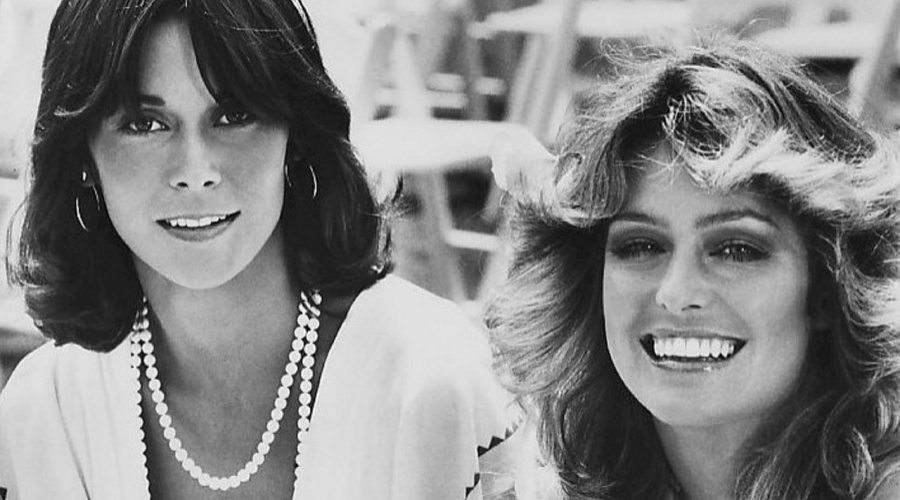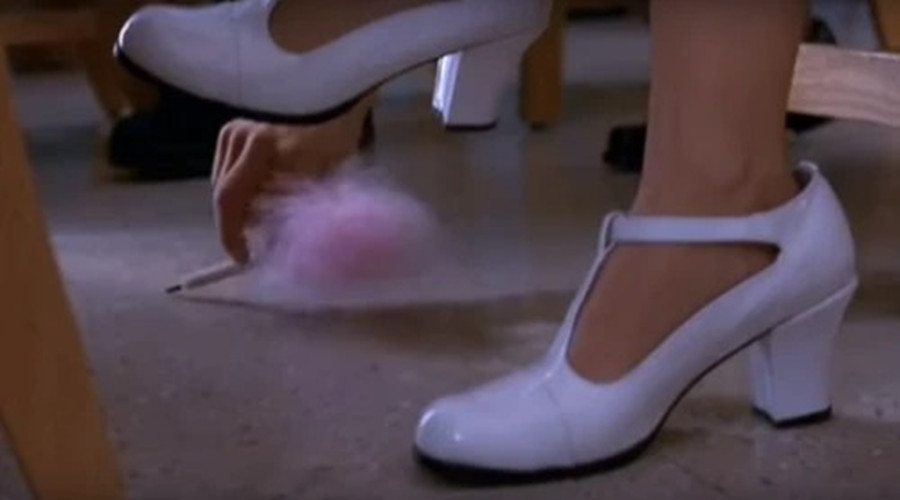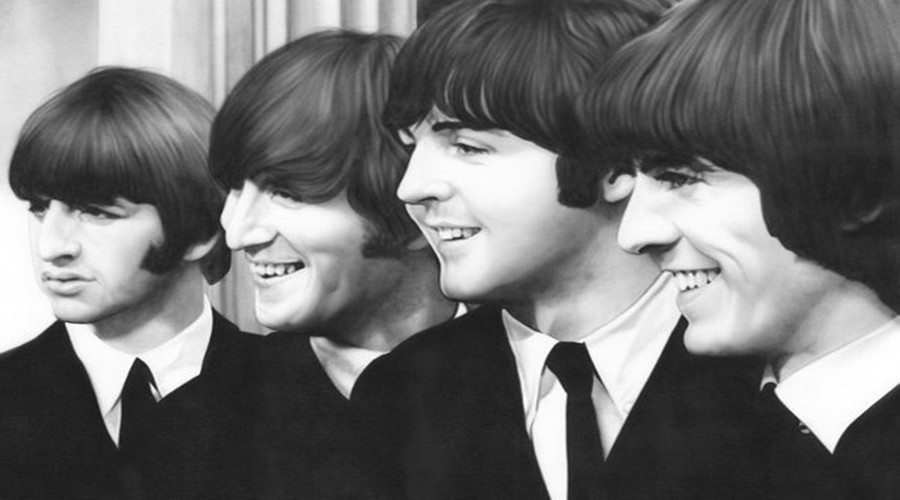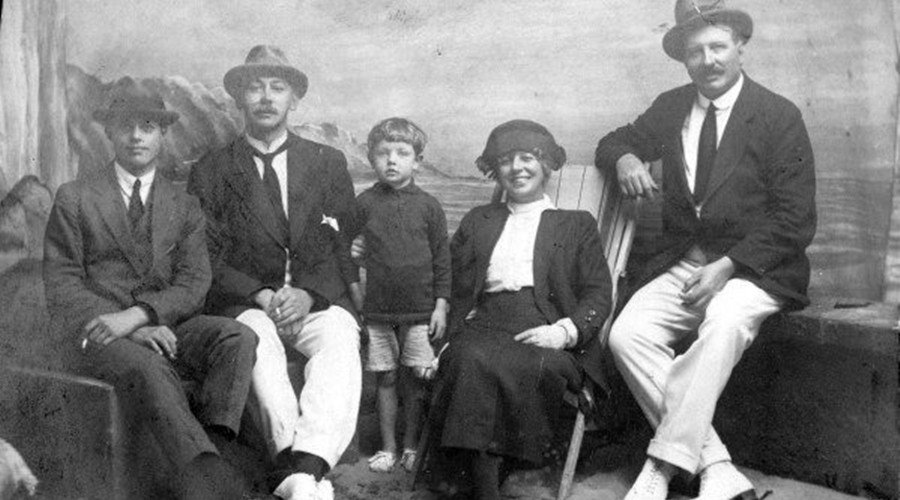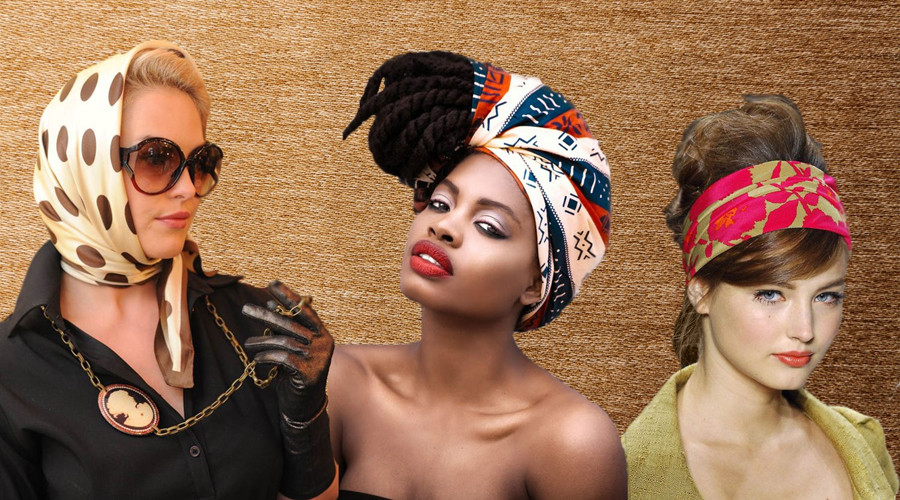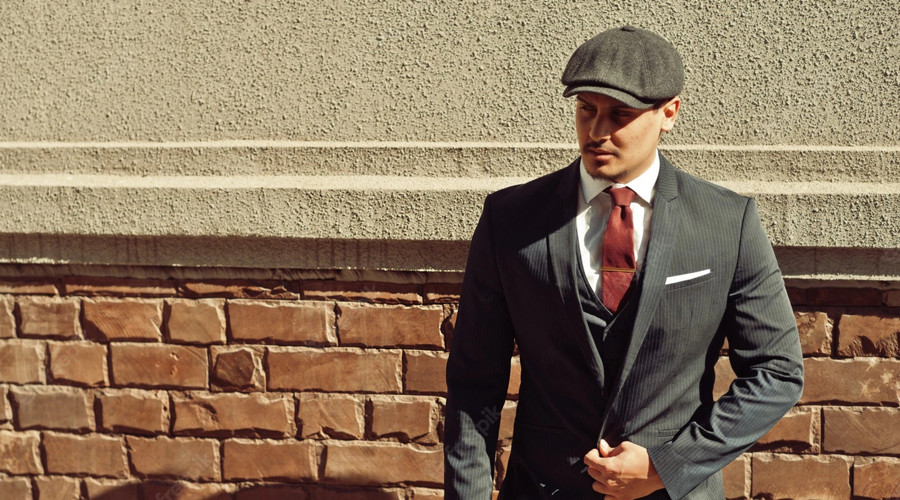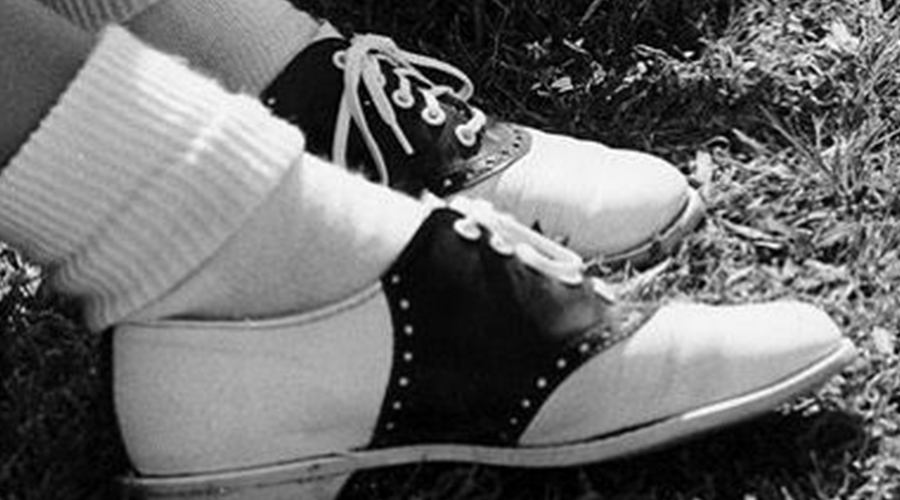Welcome to “A Guide to Vintage Wedding Ring Style.” This comprehensive article goes into the enchanting world of vintage-inspired wedding rings, exploring their timeless allure and unique characteristics.
Unravel the distinction between antique and vintage rings, discovering where to find these exquisite treasures. If you’re finding it hard learning about vintage women’s and MensWeddingBands then continue reading.
A Guide to Vintage Wedding Ring Styles
Georgian Era 1714-1837
The Georgian Era marked a significant period in the history of vintage wedding ring styles. From 1714 to 1837, this era witnessed the reigns of four British monarchs, all named George, and left an indelible mark on the world of jewelry design. Georgian engagement rings are renowned for their exquisite craftsmanship and elegant aesthetics.
The Antique Halo Ring is an iconic style that emerged during the Georgian Era. Characterized by a central gemstone surrounded by a halo of smaller stones, this style exudes a timeless allure. The halo effect enhanced the center stone’s brilliance, creating a mesmerizing play of light that captured the essence of romance and elegance.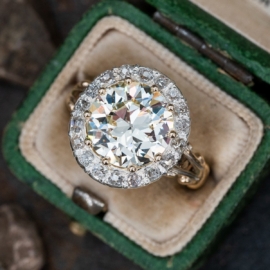
Another notable vintage wedding ring style from this era is the Dorothy Ring. Named after Princess Dorothy of England, this design showcased a cluster of smaller gemstones arranged in a floral or bow-shaped pattern. The ring symbolized sentimentality and affection, making it a favored choice for expressing love and devotion.
Victorian Era 1835-1900
The Victorian Era, named after Queen Victoria of England, spanned from 1835 to 1900 and was a time of opulence and grandeur in jewelry design. Victorian engagement rings were rich in symbolism and sentiment, reflecting the Queen’s love for her husband, Prince Albert, and her deep mourning following his death.
The Bloom Solitaire is a captivating vintage wedding ring style that emerged during the Victorian Era. This design featured a single large gemstone, typically a diamond, in a simple yet elegant setting. The solitaire design symbolizes the purity and enduring love between two individuals, making it a timeless choice for engagement rings.
Another popular style from this era is the Lattice Vintage Ring. Victorian jewelers were masters of intricacy, and the lattice design exemplified their skill. The ring’s band and setting resembled delicate latticework, creating a visually stunning piece that exuded grace and sophistication.
Victorian wedding rings often incorporated sentimental motifs, such as hearts, flowers, and bows, to express love, fidelity, and devotion. Also, gemstones like pearls and turquoise gained popularity during this era, adding a touch of whimsy and charm to these exquisite vintage pieces.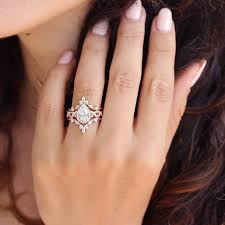
As the Victorian Era progressed, the use of diamonds in engagement rings became more common, and the concept of birthstone engagement rings also emerged, linking each gemstone to a specific birth month.
Art Nouveau Era 1895-1910
The Art Nouveau Era, spanning from 1895 to 1910, was a period of artistic revolution that influenced various aspects of design, including jewelry. Characterized by its emphasis on natural forms and flowing lines, Art Nouveau jewelry introduced fresh air into vintage wedding ring styles.
One captivating vintage wedding ring style from this era is the Sienna Ring. Art Nouveau designs often drew inspiration from the beauty of nature, and the Sienna Ring was no exception. This exquisite piece featured intricate floral motifs, delicate leaves, and vines, all crafted to evoke the essence of a blooming garden. Often set with colorful gemstones like opals, peridots, or amethysts, the Sienna Ring exuded a sense of romance and whimsy.
Another enchanting choice from the Art Nouveau Era is the Pela Vintage Ring. Characterized by its graceful curves and fluid lines, the Pela Ring captured the essence of femininity and grace. Often featuring a central gemstone, the ring’s band would elegantly flow and intertwine, creating a captivating and unique design celebrating natural forms’ beauty.
Edwardian Era 1900-1920
From 1900 to 1920, the Edwardian Era was a time of elegance, refinement, and luxury in jewelry design. Named after King Edward VII of England, this era brought forth vintage wedding ring styles characterized by their delicate and intricate craftsmanship.
The Milano Ring is a stunning example of a vintage wedding ring from the Edwardian Era. This design showcased a central diamond or colored gemstone surrounded by a halo of smaller diamonds, exuding a sense of opulence and grandeur. The ring’s setting and band were often adorned with intricate filigree work and milgrain detailing, adding to its overall allure.
Another sought-after choice from the Edwardian Era is the Luisant Ring. Crafted to reflect the era’s love for luminous and radiant, the Luisant Ring featured a dazzling display of diamonds or other gemstones. The ring’s design often incorporated delicate openwork, creating a captivating play of light and enhancing the brilliance of the gemstones.
Art Deco Era 1920-1940
The Art Deco Era, from 1920 to 1940, was a time of bold geometric shapes, streamlined designs, and a modernist approach to jewelry. This era shifted vintage wedding ring styles, moving away from the flowing lines of the Art Nouveau and Edwardian Eras to embrace a more striking and symmetrical aesthetic.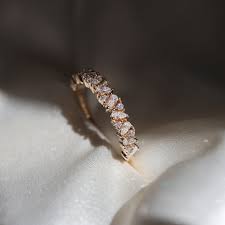
The Estelle Ring is a prime example of an Art Deco-inspired vintage wedding ring. This design featured a central diamond or gemstone, often square or rectangular, flanked by geometric accents and baguette-cut diamonds. The Estelle Ring exuded an air of sophistication and glamor, reflecting the exuberance of the Roaring Twenties.
Another popular choice from the Art Deco Era is the Deco Ring. Celebrating the era’s fascination with symmetry and sleek lines, the Deco Ring showcased a symmetrical arrangement of diamonds or gemstones. The ring’s design often featured bold and contrasting colors and intricate metalwork, creating a visually striking and dynamic piece of vintage jewelry.
Retro Era 1940-1960
The Retro Era, spanning from 1940 to 1960, marked a fascinating time in vintage wedding ring styles, heavily influenced by the changing world dynamics. With World War II and post-war prosperity impacting design, Retro rings showcased bold, glamorous, and innovative features.
The Birdie Ring exemplifies this era with its eye-catching, oversized gemstone surrounded by dazzling diamond accents. The design often incorporated bold curves and asymmetrical elements, exuding a sense of vivacity and modernity.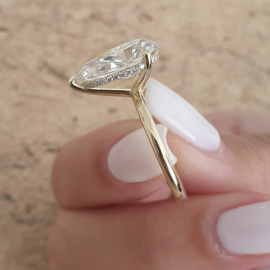
Similarly, the Celia Ring captivated hearts with its unique blend of geometric and organic patterns, often featuring colorful gemstones set in lustrous gold. Retro rings remain a testament to the exuberant spirit and transformative style of the mid-20th century.
What Makes a Wedding Ring Vintage?
The allure of vintage wedding rings lies in their timeless appeal and distinct characteristics that set them apart from contemporary designs. Several key factors contribute to what makes a wedding ring truly vintage:
- Age: A wedding ring can be considered vintage if it is at least 20 to 30 years old. However, many enthusiasts may consider rings from the 1920s and earlier as true vintage pieces.
- Design Elements: Vintage wedding rings often showcase intricate and elaborate designs that reflect the artistic styles popular during specific historical periods. These designs can include filigree work, delicate engravings, and ornate settings.
- Historical Period: Vintage rings are often associated with specific jewelry periods, such as the Victorian, Edwardian, Art Deco, or Retro eras. Each era brings its unique flair and aesthetic, making vintage rings a captivating window into the past.
- Craftsmanship: Vintage wedding rings are usually handcrafted with meticulous attention to detail. The craftsmanship of these rings often reflects the skill and artistry of bygone eras.
- Gemstones: Vintage rings may feature a variety of gemstones, including diamonds, sapphires, rubies, and emeralds, often in unique and distinctive cuts.
- Rarity: Vintage wedding rings are becoming increasingly scarce, adding to their desirability and value as coveted heirloom pieces.
- Sentimental Value: Many vintage rings have a rich history and carry sentimental value, passed down through generations or discovered in antique shops and estate sales.
How to Shop for a Vintage Wedding Band
- Research and Educate Yourself: Familiarize yourself with vintage eras and their distinctive styles. Understand the various settings, gemstones, and materials used in vintage wedding bands.
- Determine Your Preferences: Decide on the era or style most appeals to you. Whether it’s the intricate filigree of the Art Deco period or the romantic floral motifs of the Victorian era, knowing your preferences will help narrow down your search.
- Establish a Budget: Set a budget range before you begin shopping. Vintage wedding bands can vary significantly in price, depending on factors like the era, craftsmanship, and rarity of the design. Having a budget will prevent overspending and help you focus on suitable options.
- Shop from Reputable Sellers: Look for reputable antique jewelry dealers, estate sales, or online platforms specializing in vintage pieces. Ensure the seller has a good track record and provides detailed information about the band’s authenticity and condition.
- Inspect and Authenticate: When examining a vintage wedding band, notice any signs of wear, damage, or alterations. Please seek a professional jeweler’s assistance to authenticate and assess the piece’s quality.
- Find the Right Size: Ensure the vintage band fits comfortably on your finger. Resizing certain vintage rings can be challenging, so try to find one close to your size.
- Embrace Imperfections: Remember that vintage wedding bands are not mass-produced; some may have minor imperfections due to age and wear. Embrace these unique characteristics as part of the ring’s history and charm.
- Consider Enhancements: If you can’t find the perfect vintage wedding band, explore the option of customizing or adding vintage-inspired elements to a modern band.
- Ask for Certification or Appraisal: For higher-value vintage bands, consider obtaining a certification or professional appraisal to verify the band’s authenticity and value.
- Follow Your Heart: Choose a vintage wedding band that speaks to your heart. Let the ring’s story and sentimental value resonate with you, making it an everlasting symbol of your love and commitment.

